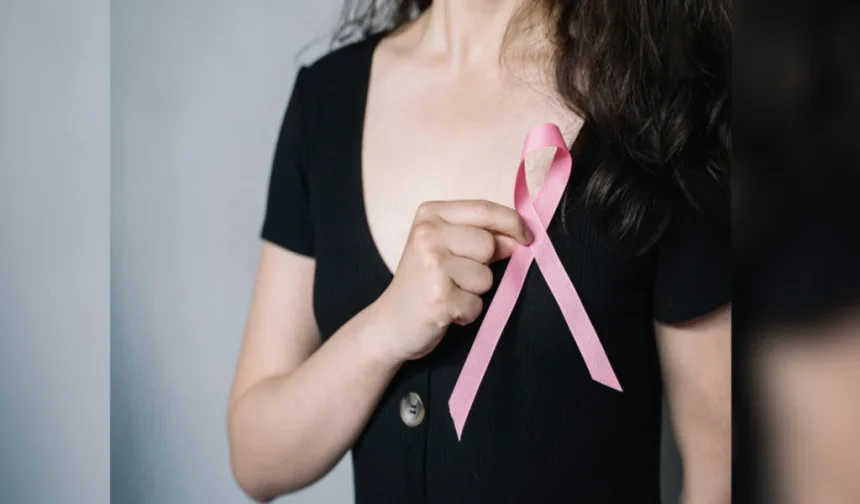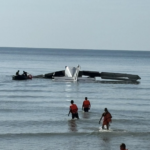(CTN News) – A study that was carried out on patients at a well-known breast cancer hospital discovered that more than three quarters of families who had breast cancer patients were forced to either borrow money or sell assets in order to be able to fund the costs of therapy.
This was the case because those families were unable to afford treatment. This was the result that the researchers arrived to after doing an analysis of the data that was collected from individual patients.
Individuals who were seeking treatment for breast cancer at the time of the study were considered to be participants in the research.
According to the findings of the study, which tracked 500 breast cancer patients who were treated at the Tata Memorial Centre (TMC) in Mumbai between June 2019 and March 2022, 84.2% of households were presented with catastrophic health expenses.
Breast Cancer was studied between 2019 and 2022.
The research was carried out between the years 2019 and 2022 of the current century. In order to accomplish the goals of this study, research was conducted between the months of June 2019 and March 2022.
Within the current century, precisely between the years 2019 and 2022, the inquiry was carried out. precisely, the investigation was carried out.
The amount of money that they spent on their monthly consumption was greatly impacted as a result of this expense, which led in them being required to make a significant adjustment in order to accommodate their new circumstances. Therefore, as a direct result of this, they made a significant adjustment to the current situation.
Furthermore, it was projected that seventy-two percent of households have resorted to “distress financing,” which is a term that describes the practice of selling assets or taking out loans in order to satisfy the financial commitments that are linked with mental health care. This was something that was anticipated to happen.
This prediction was made in relation to Breast Cancer.
Including direct non-medical costs in the scope of reimbursement for breast cancer treatment for patients and accompanying persons could potentially reduce catastrophic health expenditures, according to the findings of a study that was carried out by researchers at the International Breast Cancer Institute of Population Sciences (IIPS), which is located in Mumbai.
The study was conducted by researchers at the IIPS. Researchers came to this realisation as a result of their investigation. For the purpose of carrying out the study, researchers were accountable for working within the IIPS.
The expenses that are covered in this category include things like transportation, meals, and lodging for patients and other individuals who are associated with the care of patients.
In addition to this, they suggested the development of brand-new cancer care clinics that are intended to be built in a manner that is adapted to the particular requirements of the community.
It is predicted that around seventy-five percent of patients will be covered by some type of payment throughout the entirety of their treatment course.
This category includes access to breast cancer health insurance.
Corporations offer breast cancer health plans and charities provide financial support. The number of situations in which catastrophic health costs were incurred decreased by just 13.8% as a result of this, despite many instances.
Furthermore, it was proven that seventy-eight percent of patients were forced to pay for their therapy by acquiring it from a broad variety of different sources when they were receiving it.
Undoubtedly, this was a discovery that ought to be noted. Based on the findings of the study, it was found that only 5.8 percent of patients relied on their income as one of the sources to cover the expenses that were associated with their treatment.
It has been determined that this is one of the available sources of money for the patients. The overall number of patients who used their savings to cover the costs associated with their treatment was fifty-eight percent.
Sixty-six percent of the patients had resorted to loans and borrowings, and seventy-two percent had either sold assets or borrowed money in order to cover the expenditures.
SOURCE: TWN
SEE ALSO:
A New Bird Flu Type has Prompted Urgent Action in Asia-Pacific.
The Nipah Virus Kills a Teenager in Kerala, and Researchers have Found 60 High-Risk Cases.
The spread of COVID-19 variants brings new fears this summer.

Salman Ahmad is known for his significant contributions to esteemed publications like the Times of India and the Express Tribune. Salman has carved a niche as a freelance journalist, combining thorough research with engaging reporting.














